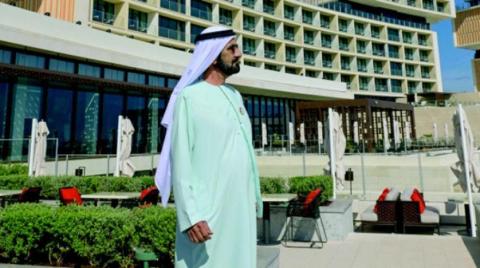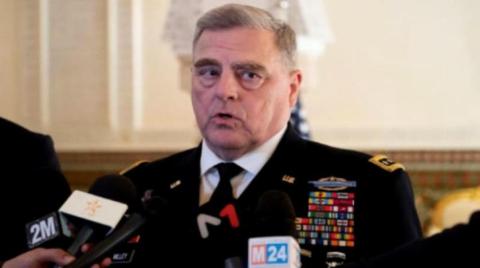
Since Russia’s invasion of Ukraine and its occupation of Crimea in 2014, NATO has been focused on how to defend its eastern flank. Russia’s takeover rattled many in Europe. After all, this was the first time since 1945 that borders had been changed in Europe using military force. Nobody wanted to be next.
The members of NATO knew that Russia’s aggression needed a serious response. Since then, NATO’s members have increased their defense spending, the alliance created a new rapid reaction force designed to deploy quickly to any crisis in Europe, and more US and NATO troops have been placed on the front lines against Russia in Norway, the Baltic states and Poland.
Even with these measures in place, the one piece of the puzzle that remains missing is a large-scale training exercise focused on the US deploying large numbers of troops from North America to Europe. Of course, if Russia did act against a NATO member, the US would have a treaty obligation to come to its defense. This would require moving large numbers of troops from North America halfway around the world to Europe.
Of course, the US has had a lot of recent experience moving forces from America to the Middle East. Military officials are familiar with the different ports, airfields, shipping lanes, and road systems across much of the Middle East. But the same cannot be said of Europe.
During the Cold War, this was not the case. When NATO squared off against the Warsaw Pact and the Soviet Union, it conducted an annual military exercise called “Operation Reforger” (return of forces to Germany). The exercise was designed to prove that America could move conventional military forces rapidly from the US to Germany in the event of war with the Soviet Union.
Since 2014, experts have been calling for the US to conduct a similar military exercise, as it had been so long since it was last done. America’s answer to this is an upcoming training exercise called “Defender-Europe 20,” which will start in the coming weeks and last through most of the spring. The benefits of such an exercise are not just for the US, but also the members of NATO who will need to test the infrastructure and logistical systems required to receive, house and feed tens of thousands of US troops during a time of crisis.
Defender-Europe 20 will be the largest deployment of US-based troops to Europe for more than a quarter of a century. Some 20,000 troops will head to Europe and they will bring with them 20,000 pieces of equipment. Once they get to Europe, 13,000 more pieces of equipment will be taken out of pre-positioned stocks that were placed in Eastern Europe after 2014.
Once these forces get to Europe, they will spread out to several countries and conduct six different smaller training exercises with European partners. In total, 37,000 US and NATO troops will take part. This will be a massive movement of US military personnel.
There are three main objectives of a large military exercise like Defender-Europe 20. The first is to send a message to America’s friends and foes alike about US resolve toward European security. To America’s friends in Europe, such a large military deployment demonstrates Washington’s commitment to its NATO obligations. It will also send a message to America’s partners outside of the region. Many US partners and allies in the Middle East and East Asia will be watching this exercise closely. Obviously, US adversaries like Russia — but also Iran, China and North Korea — will be monitoring it too.
Secondly, it will offer the US an opportunity to test its military capabilities. Since such an exercise has not been undertaken in 25 years, there are many things that will likely go wrong. This isn’t a sign that the exercise has been a failure. On the contrary, identifying shortcomings and then correcting them will be one of the successes of European-Defender 20.
Finally, the results of this large exercise will lay the foundations for NATO’s upcoming “reflection process.” At the NATO meeting in London last December, leaders agreed to undergo this process to determine what the future of the alliance will be. With the threat from Russia not going away anytime soon, NATO’s focus will be on how to best improve its deterrence and defense capabilities. There’s no doubt that the outcome of a large training exercise such as Defender-Europe 20 will play in important role in informing this reflection process.
In light of Iran’s recent aggression, the US has increased its military presence in the Middle East. In the coming weeks, thousands more troops will be sent to Europe. This is a reminder of the importance of deterrence. Whether it is the Baltic states or the Gulf states, it is far easier for the US to deter an adversary than liberate an ally.
As with the recent US troop deployments in the Middle East, the upcoming Defender-Europe 20 exercise is not about preparing for war, but preparing for peace.
Luke Coffey is director of the Douglas and Sarah Allison Center for Foreign Policy at the Heritage Foundation. Twitter: @LukeDCoffey
Disclaimer: Views expressed by writers in this section are their own and do not necessarily reflect Arab News" point-of-view












